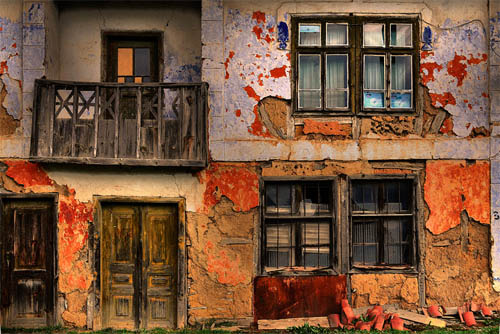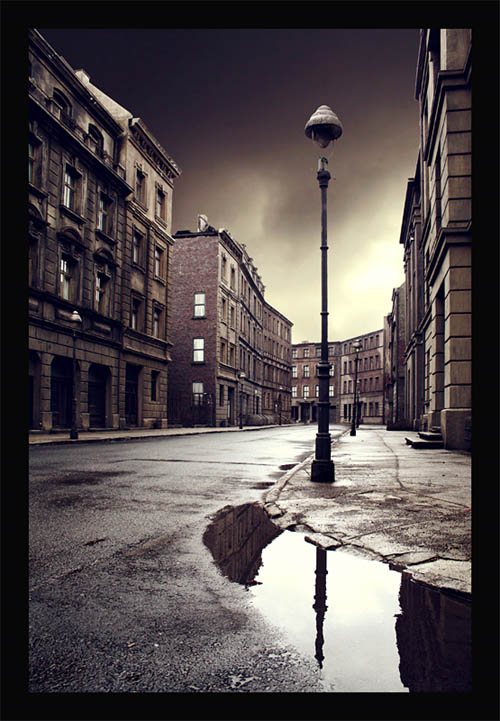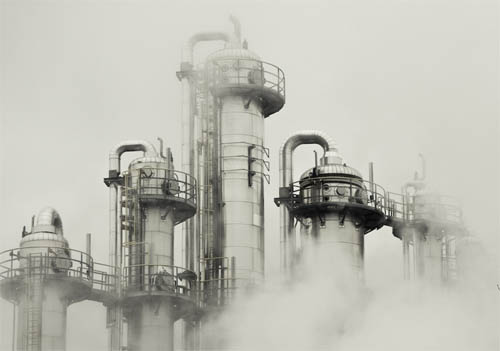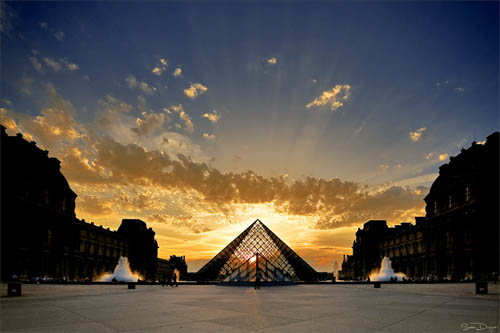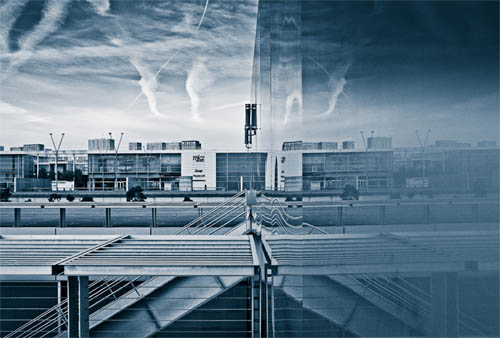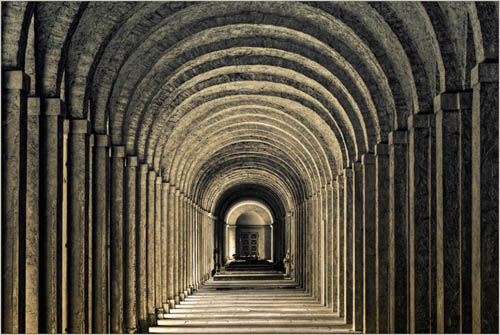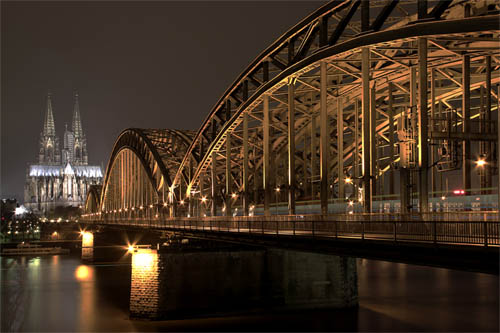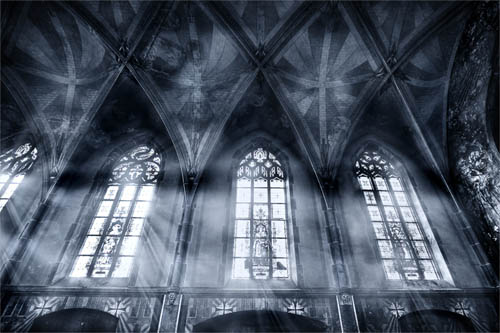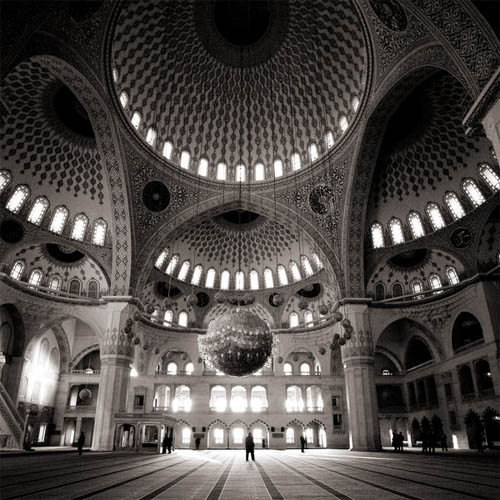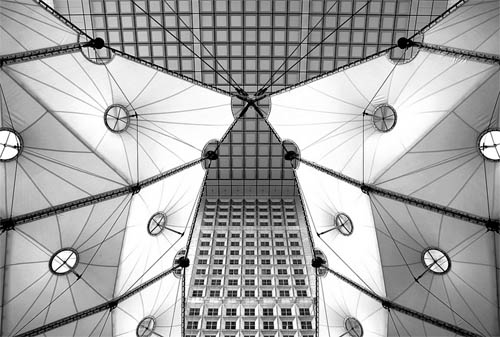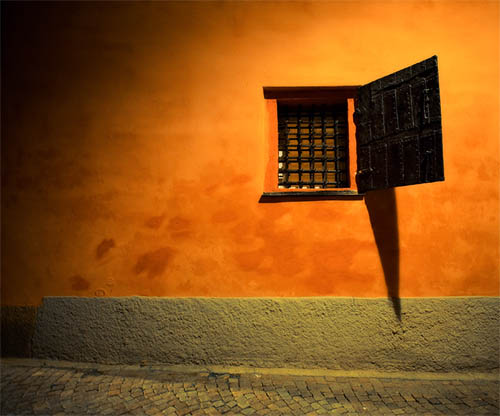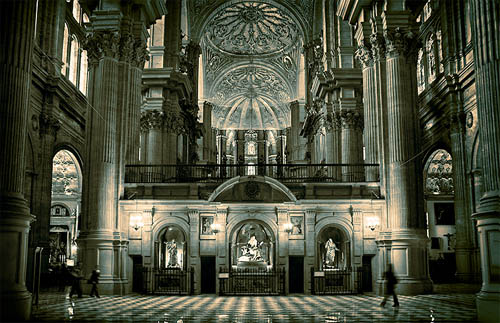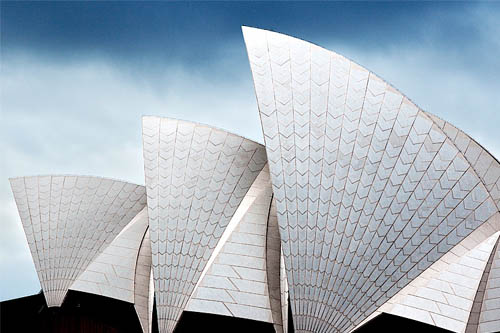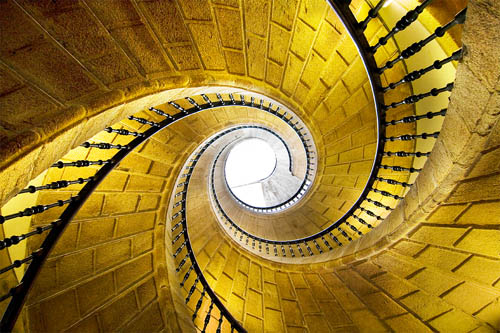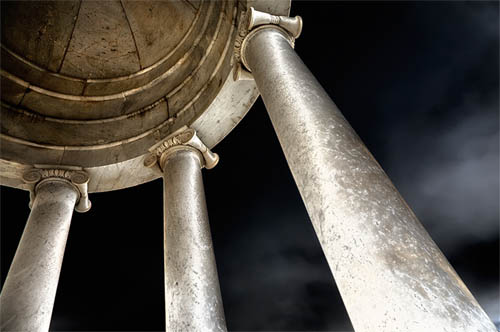A good lab is hard to find, and this lab is local (Lancaster) and provides a very high quality and professional service.
It was also apparent that there was much about print and lab methods that was new to me. As such i have done some research and these are some notes for personal reference purposes.
C-41 process
From Wikipedia, the free encyclopedia
C-41 is a chromogenic color print film developing process. C-41, also known as CN-16 by Fuji, CNK-4 by Konica,
and AP-70 by AGFA, is the most popular film process in use, with most photofinishing labs devoting at least one
machine to this development process.
and AP-70 by AGFA, is the most popular film process in use, with most photofinishing labs devoting at least one
machine to this development process.
Processed C-41 negatives, as with all color films, consist of an image formed of dye. Due to the long-term instability
of dyes, C-41 negatives can fade or color-shift over time. This was a significant problem with early films; whether the
newer films are archival or not is a subject of some debate.
of dyes, C-41 negatives can fade or color-shift over time. This was a significant problem with early films; whether the
newer films are archival or not is a subject of some debate.
E-6 process
From Wikipedia, the free encyclopedia
The E-6 process (often abbreviated to E-6) is a chromogenic photographic process for developing Ektachrome,
Fujichrome and other color reversal (slide) photographic film.
Fujichrome and other color reversal (slide) photographic film.
Unlike some color reversal processes (such as Kodachrome K-14) that produce positive transparencies, E-6
processing can be performed by amateurs with the same equipment that is used for processing black and white
negative film or C-41 color negative film. The process is sensitive to temperature variations; a tempered water
bath is recommended to stabilize the temperature at 100.0 °F for the first developer and first wash to maintain
process tolerances.
processing can be performed by amateurs with the same equipment that is used for processing black and white
negative film or C-41 color negative film. The process is sensitive to temperature variations; a tempered water
bath is recommended to stabilize the temperature at 100.0 °F for the first developer and first wash to maintain
process tolerances.
Cross processing (sometimes abbreviated to Xpro) is the procedure of deliberately processing photographic
film in a chemical solution intended for a different type of film. The effect was discovered independently by
many different photographers often by mistake in the days of C-22 and E-4. The process is seen most often
in fashion advertising and band photography, and in more recent years has become associated with the Lo-fi photography movement.[citation needed]
film in a chemical solution intended for a different type of film. The effect was discovered independently by
many different photographers often by mistake in the days of C-22 and E-4. The process is seen most often
in fashion advertising and band photography, and in more recent years has become associated with the Lo-fi photography movement.[citation needed]
Cross processing usually involves one of the two following methods:[citation needed]
- Processing positive color reversal film in C-41 chemicals, resulting in a negative image on a colorless base
- Processing negative color print film in E-6 chemicals, resulting in a positive image but with the orange base of a normally processed colornegative
What Distinguishes Different Papers?
Finish: The finish of a paper is it's surface texture. Uncoated and coated paper have different surface textures.- Wove or Smooth - A smooth uncoated surface.
- Laid - A paper that is manufactured with textured lines on its surface. This finish is used mostly for business stationery elements, like letterhead, envelopes and business cards.
- Linen - Similar to a laid finish, this paper has textured lines on the surface of the sheet, but they are finer and more regular than those that appear on a laid finish stock. This paper is also used frequently for business stationery.
- Laser - A paper that is guaranteed to be compatible with laser printers.
- Coated - A paper with a waxy finish (shiny or matte).
- Uncoated - A paper with an untreated surface that is dull and unreflective.
- Coated One Side (C1S) - A cover stock that has a coating on one side and is dull on the reverse side.
- Coated Two Sides (C2S) - A cover stock that has a coating on both sides.
Weight: The weight of a paper refers to its thickness and is measured in pounds (#). The higher the number, the more (equivalent) weight a paper has (the thicker/heavier the paper). *See the comparison table for more information on weights.
Opacity: A paper's opacity is determined by its weight, ingredients and absorbency. A paper's opacity determines how much printing will show through on the reverse side of a sheet. Opacity is expressed in terms of it's percentage of reflection. Complete opacity is 100% and complete transparency is 0%.
Brightness: The brightness of a sheet of paper measures the percentage of a wavelength of blue light it reflects. The brightness of a piece of paper is typically expressed on a scale of 1 to 100 with 100 being the brightest. Most papers reflect 60-90% of light. The brightness of a paper affects readability, the perception of ink color and the contrast between light and dark hues.
Types of Paper
Offset: Also known as book or text paper, offset paper can have a coated or uncoated finish. Offset paper is thinner and lightweight. It is often used for publication interior sheets, brochures & flyers, and letterheads. Common offset weights: 50#, 60#, 70#, 80#, 100#. Bond: Bond or writing papers are most often used for letterhead. The most commonly recognized bond or writing stocks are:- 20# - A standard weight paper.
- 24# - The preferred weight for most business papers (letterheads).
- 28# - Heavier paper, less frequently used. Its thickness can sometimes pose problems feeding through laser printers. It is often used for outer envelopes.
Cover: Cover stocks are heavy in weight, rigid and not easily folded. These papers are generally used for publication covers, business cards, greeting cards, folders, and postcards. They can have coated or uncoated finishes. Common weights for cover stocks include: 65#, 80#, 100#, 120#, and 12pt.
Tag: Tag paper is a dense grade of paper that is strong, durable, and water resistant. Tag paper is typically used for hanging tags such as store tags on clothing or other products.
Index: Index paper is a stiff, not too thick, inexpensive paper with a smooth finish. It is often used for index cards and folders.



